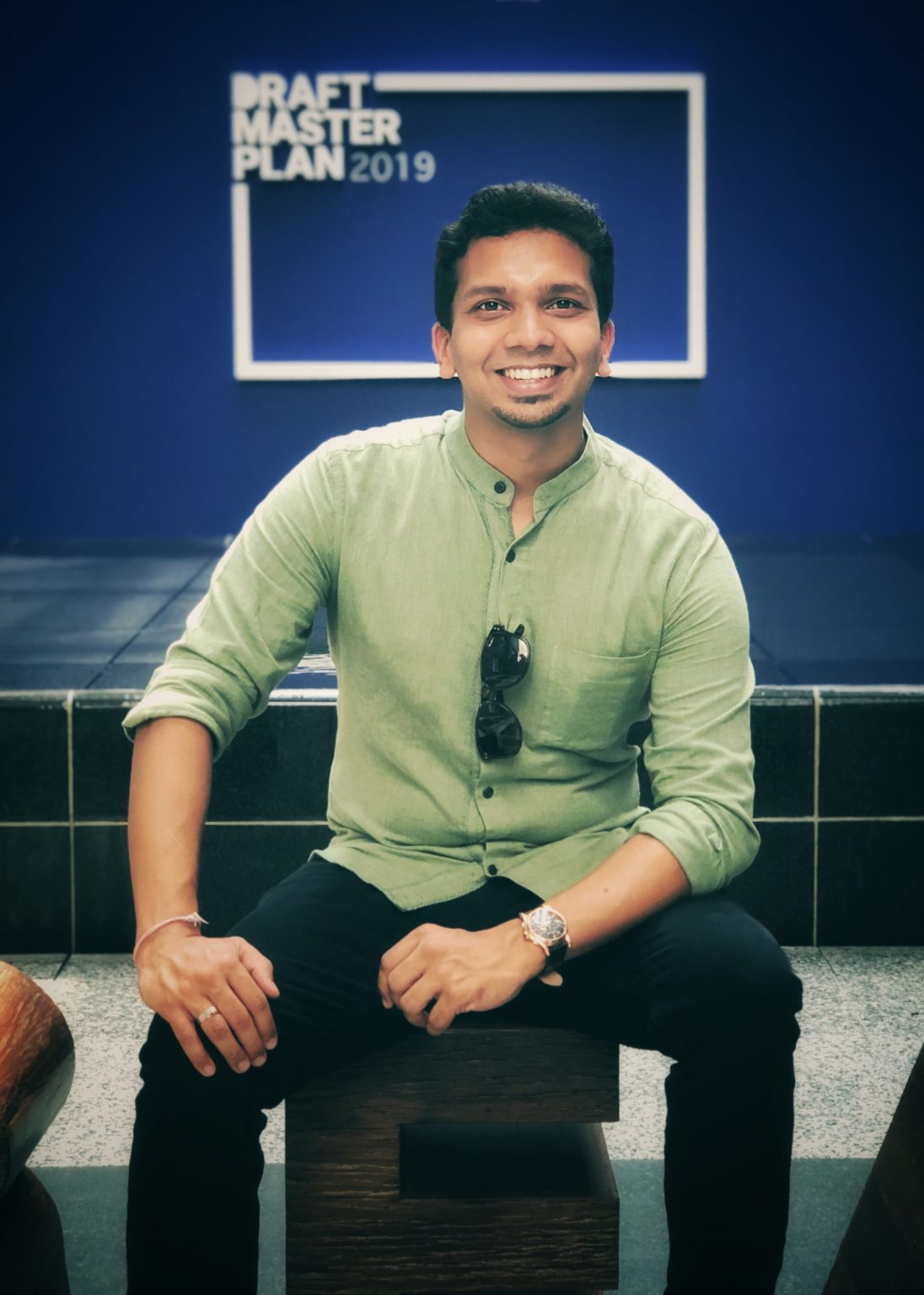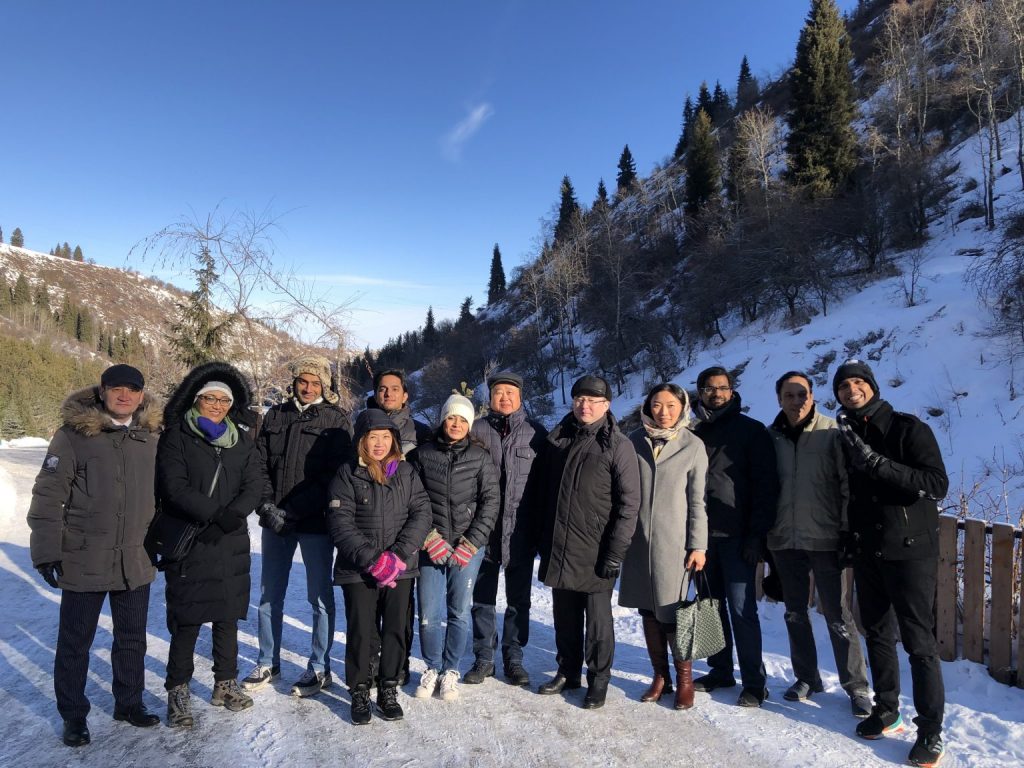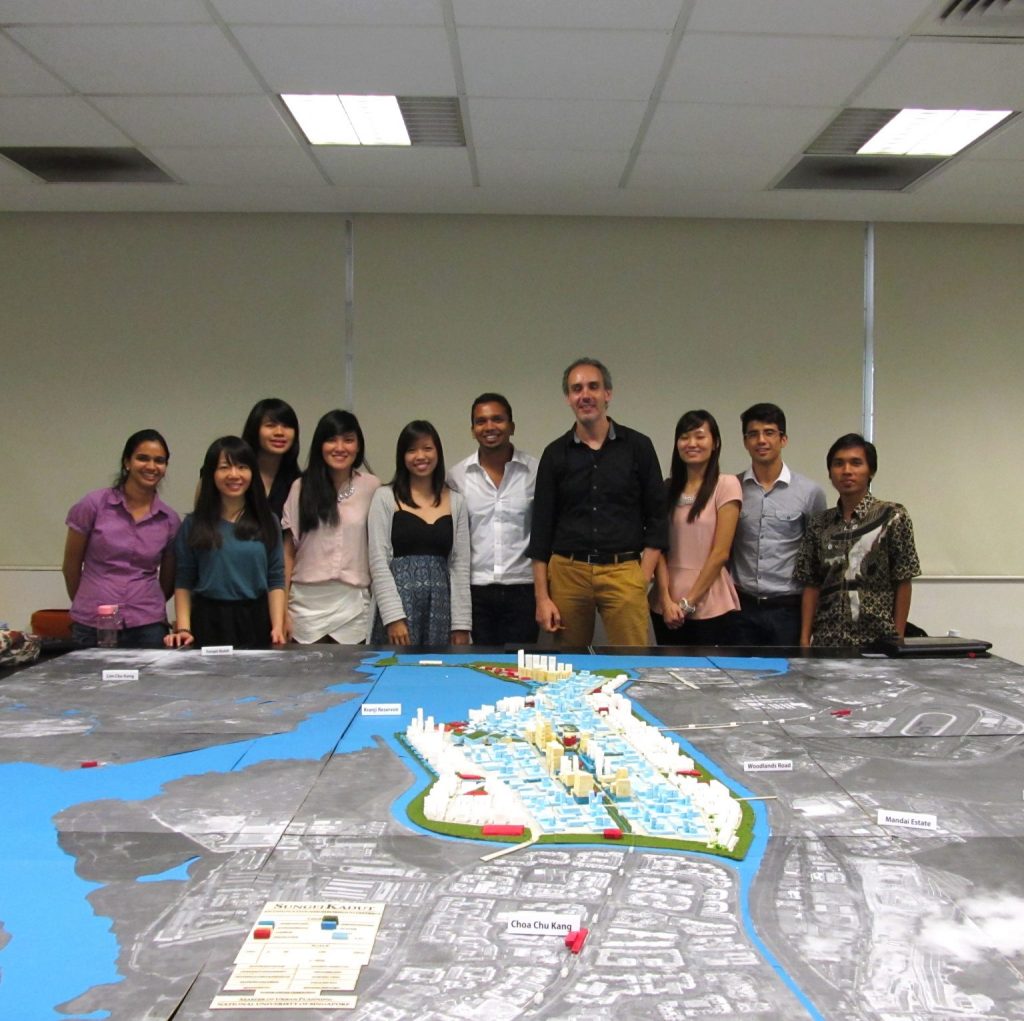Making cities and places more liveable and vibrant
“If you are like me and have chosen to work in the built environment, we get to make cities and places more liveable and vibrant for people. How cool is that?!” SDE alumnus Devansh shares his story.
Devansh Jain
Project Research Associate (Resilient and Liveable Cities in Asia Pacific)
Asian School of Environment, NTU
Master of Urban Planning, 2015

Priceless Opportunities
I am proud to say that I am a NUS graduate. I graduated in 2015 with a Master of Urban Planning (MUP). Armed with my master’s qualification, I joined one of Asia's largest urban and infrastructure consultancy Surbana Jurong Private Limited. This was really a dream come true for me!
Had it not been for the internship at Jurong Town Corporation (JTC), an opportunity that was part of MUP, I might not get to work at Surbana Jurong. The internship had helped me acquire the right industry experience and exposure to enhance my career.
While at Surbana Jurong, I had diverse roles such as being the master planner of projects, as well as designing and managing large-scale developments. I was also involved in numerous award-winning and challenging projects from the public and private sectors. These projects spanned across Asia, Africa and the Middle East.

Five years at Surbana Jurong yielded yet another opportunity for me. Having had industry exposure, I find that I could bring a different perspective to research work, and the opening at NTU came at the right time. In fact, the pandemic has presented an opportunity for me to go into the emerging area of resilience and liveability of cities. My new job now at NTU allows me to contribute to the society and academia. Since joining NTU in August, I have been instrumental in assessing key ecosystem services and interpreting results to make recommendations that can enhance resilience for the future. Besides doing research to enhance resilience in cities around the globe, I was also able to take on crucial projects pertaining to climate change.
Choice Education
To aspiring graduates and fresh urban planners, if you are like me and have chosen to work in the built environment, remember that we are making cities and places more liveable and vibrant for people. So, if you want to make that change happen, be intentional in bringing about good changes in the society and the wellbeing of people, rather than doing it just for personal and monetary gains.

I had followed that intention, and have benefited from MUP immensely. Overall, the programme was immersive, giving us enough opportunity to experience diverse cultures, from the good mix of students coming from various places. This diversity provided a network of professionals within the urban planners’ fraternity, which is a small, niche community. What I like best about the MUP course was its duration. I find the 2 years’ full-time study just right for the curriculum. I had also gained a lot from MUP’s exchange programme, through which I was able to learn from other university students from across the globe. In short, studying at SDE gave me the opportunity to learn and interact with some of the most experienced and knowledgeable people from Singapore’s built environment.
Click here to find out more about SDE’s postgraduate coursework programmes.


